Holly Genovese recommends 9 books about mass incarceration in the United States
The United States incarcerates 2.3 million people in federal, state, and local facilities as well as immigration detention centers. That’s approximately 21% of the world’s incarcerated population. But America doesn’t have more crime than other countries—it just has more prisons.
The war on crime disproportionately targets people of color. African Americans disproportionately constitute 34% of the prison population, though only 12% of the overall population. And incarceration isn’t just hard for those behind bars: after release, people with criminal records face systematic discrimination when applying for jobs, housing, education and in many states, they are stripped of their voting rights.
This reading list acts as a primer to understand how and why America developed its prison industrial complex and what it will take to end mass incarceration.
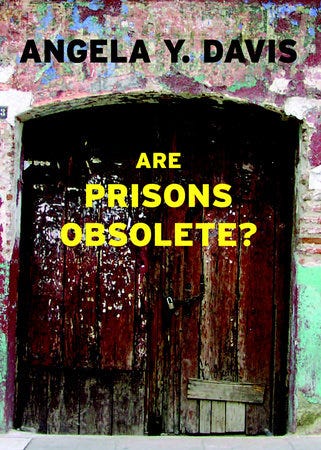
Are Prisons Obsolete? by Angela Y. Davis
Angela Davis, a brilliant feminist scholar, writer, and activist makes a powerful argument for the abolition of prisons entirely.
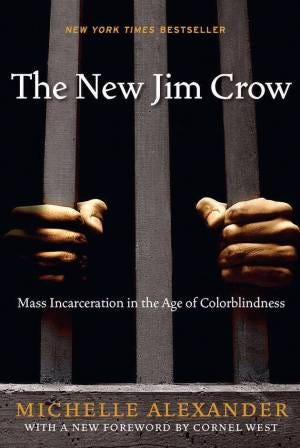
The New Jim Crow: Mass Incarceration in the Age of Colorblindness by Michelle Alexander
The New Jim Crow was first published in 2010 but is still as timely as ever. Legal scholar Michelle Alexander shows the ways in which policies like crack/cocaine sentencing disparities, over-policing, and mandatory minimums resulted in a disproportionate number of African American men being incarcerated, a phenomenon she christened “The New Jim Crow.” Alexander’s book makes an important argument, but also fundamentally changed the way we talk about mass incarceration and policing in America.
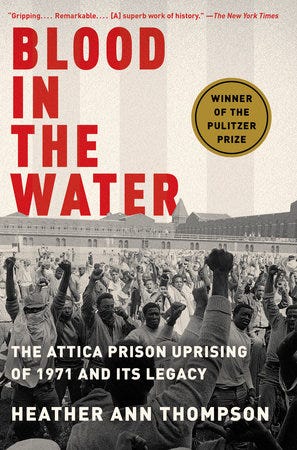
Blood in the Water: The Attica Prison Uprising of 1971 and Its Legacy by Heather Ann Thompson
This Pulitzer-prize winning book tells the story of the Attica prison uprising and the subsequent legal battles in exhaustive detail. Heather Ann Thompson spent a decade writing this book, gaining access to never before used sources and interviewing the people involved in the uprising.
Restricting Books for Prisoners Harms Everyone, Even the Non-Incarcerated

Sing, Unburied, Sing by Jesmyn Ward
Jesmyn Ward’s novel tells a beautiful story about drug addiction, racism, and incarceration in Mississippi. It’s a road novel filled with ghosts, alluding to both Faulkner and Morrison, while also making the impact of incarceration on her hometown quite clear. I wrote more about it here.

From the War on Poverty to the War on Crime: The Making of Mass Incarceration in America by Elizabeth Hinton
Though many associate the rise of mass incarceration with the Nixon and Reagan administrations “tough on crime” policies, historian Elizabeth Hinton shows the ways in which state apparatuses developed during Lyndon B. Johnson’s War on Poverty became instrumentalized to “fight crime.”
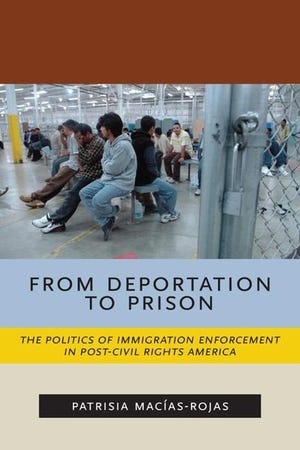
From Deportation to Prison: The Politics of Immigration Enforcement in Post Civil Rights America by Patrisia Macías-Rojas
From Deportation to Prison focuses on how the wider rise of mass incarceration led to the increasing criminalization of immigrants through the Criminal Alien Program. This book is a timely and necessary read that highlights the brutality of the for-profit system of immigration detention (one shocking revelation is a government mandates that 30,000 beds in immigrant detention centers must always be occupied).
Rachel Kushner Thinks Prisons Should Only Exist in Fiction

Wall Tappings: Women Prison Writings, 200 A.D to the Present edited by Judith Schleffler
Many of the most well known prison writers are men — think Martin Luther King Jr, Malcolm X, and even Oscar Wilde. Wall Tappings: Women Prison Writings, 200 A.D to the Present is a one volume introduction to writing by incarcerated women, some famous activists and others virtually unknown.

My Brother Moochie: Regaining Dignity in the Face of Crime, Poverty, and Racism in the American South by Issac Bailey
Isaac Bailey was just nine-years-old when his brother was imprisoned for life. His book is a raw exploration of his relationship to his brother and incarceration writ large, as well as an analysis of the factors that entrap young black men in the South in the criminal justice system.
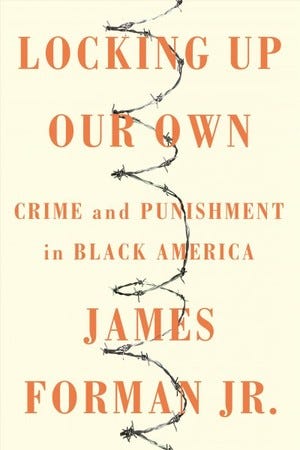
Locking Up Our Own: Crime and Punishment in Black America by James Forman Jr.
Winner of the 2018 Pulitzer Prize for nonfiction, James Forman Jr.’s book explores why many African American politicians and officials supported “tough on crime” policy that led to mass incarceration of black men.

About the Author
Holly Genovese is a Ph.D student in American Studies at UT Austin. Her work has been published in The Washington Post, Teen Vogue, The LA Review of Books and many other publications. Find her on twitter @hollyevanmarie.


A Reading List for Understanding the Prison Industrial Complex was originally published in Electric Literature on Medium, where people are continuing the conversation by highlighting and responding to this story.
Source : A Reading List for Understanding the Prison Industrial Complex













